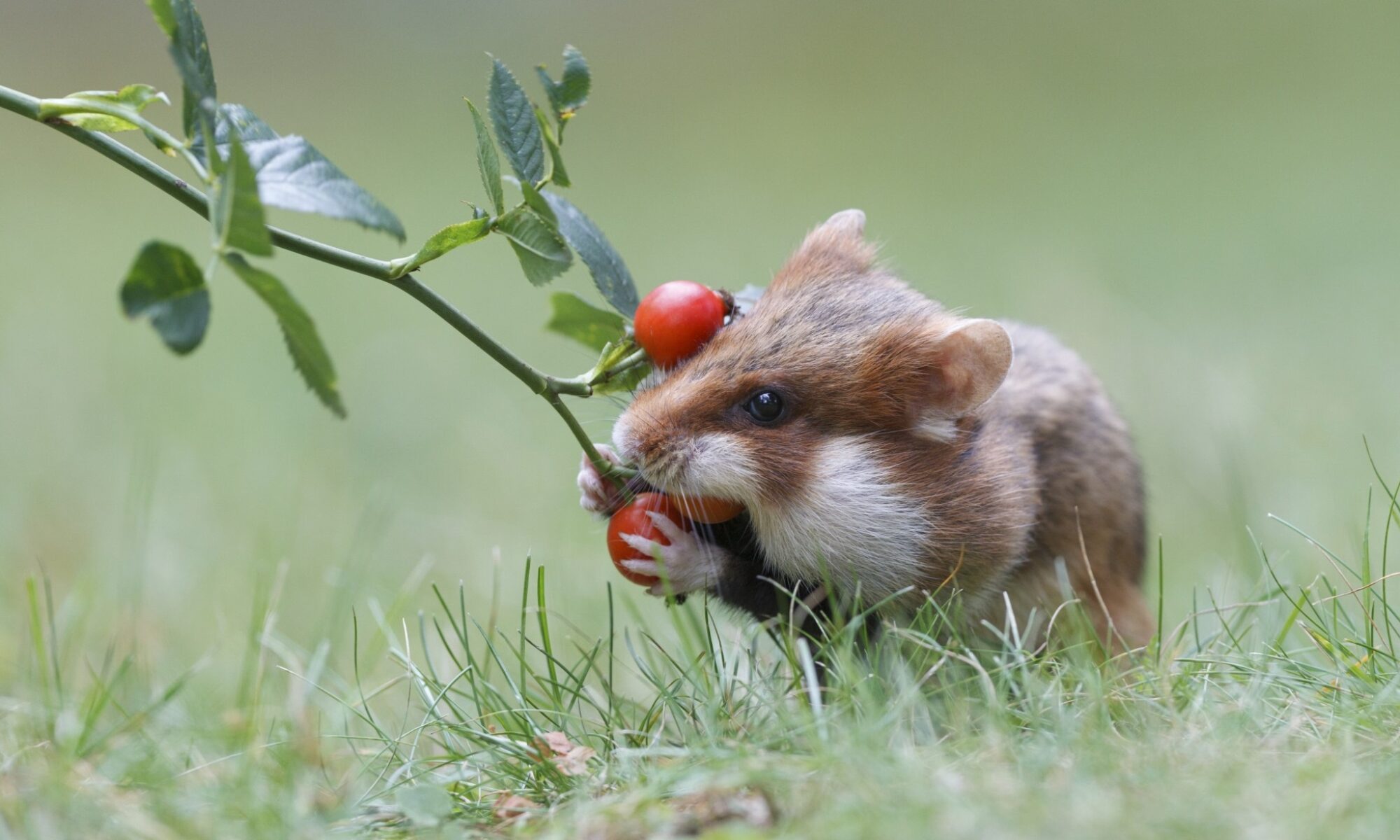When it comes to selecting a wheel for a Syrian hamster, there are a few important considerations to keep in mind. Here are some key points:
- Size of the Wheel:
- Syrian hamsters are larger than dwarf hamster species, so they require a larger wheel. An appropriately sized wheel ensures that the hamster can run comfortably without arching its back, which is essential for their health.
- Solid Surface:
- Choose a wheel with a solid running surface. Wheels with wire or mesh surfaces can be uncomfortable for hamster feet and may cause injury.
- Sturdy Construction:
- Ensure that the wheel is sturdy and securely attached to the cage. Hamsters can be quite active, and a flimsy wheel may not withstand their energetic running.
- Silent Operation:
- Opt for a wheel designed for quiet operation. Some hamster wheels can be noisy, and this might disturb both the hamster and the pet owner.
- Easy to Clean:
- Look for a wheel that is easy to disassemble and clean. Hamster wheels can get soiled, and regular cleaning is important for the hamster’s hygiene.
- Safety Features:
- Choose a wheel with a closed design to prevent the hamster from getting caught in any moving parts. Safety is crucial to prevent injuries.
Popular types of hamster wheels that are often recommended for Syrian hamsters include:
- Solid Plastic Wheels: These wheels usually have a solid running surface and are easy to clean.
- Wodent Wheels: These are relatively large, durable wheels with a closed design, making them safe for hamsters.
- Comfort Wheels: Some wheels are specifically designed with comfort in mind, providing a smooth and quiet running surface.
Always check the product specifications and reviews before purchasing to ensure it meets the needs of your Syrian hamster. Additionally, regularly monitor the wheel for wear and tear, and replace it if necessary to ensure your hamster’s well-being.

